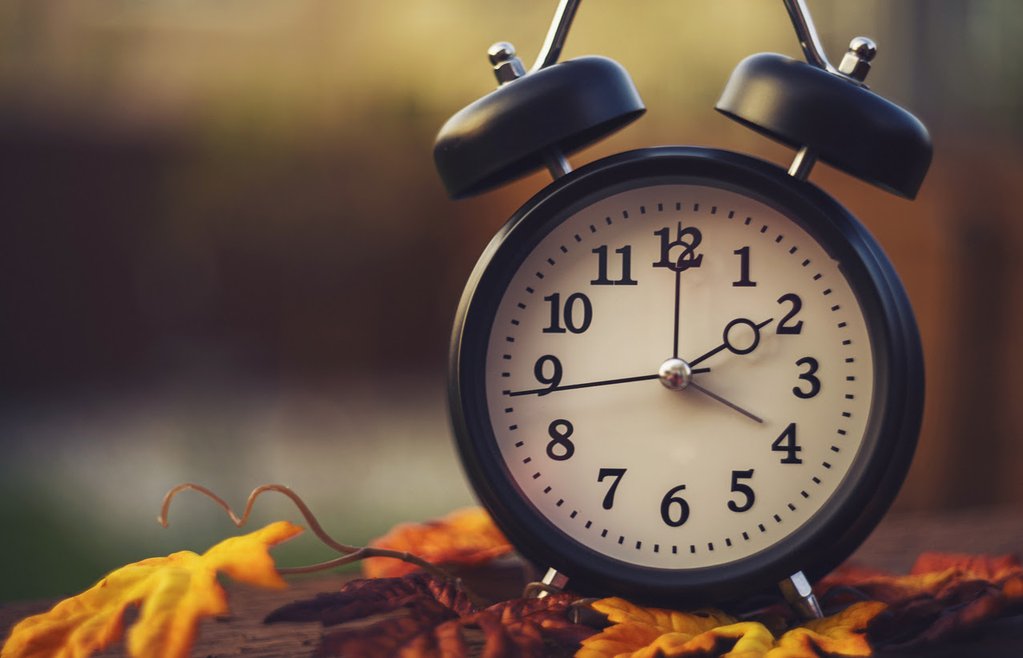Every year that annoying little habit of turning your clocks forward and backward during the spring and fall occurs, messing with your internal clock. You’re used to going to bed around 10:00 p.m., then suddenly, the time change makes you feel more tired (or less depending on the season). You can’t get to sleep because your entire bedtime schedule is off, causing tossing and turning all night and a frustrating beginning to your morning.
Adapting to this shift in your daily routine takes some adjustment. It may mean getting to bed earlier (or later), foregoing that late night cup of coffee, or resetting your alarm. In many cases, slight alterations are all it takes to get you back to sleeping at your best. Below are 5 additional suggestions to help you adjust to the time change for better sleep without the disruptions.
1. Prepare in advance
We don’t often think of preparing for daylight savings time like we would for national holidays, but you may want to consider altering your schedule slightly to make up for the lost or gained time. Cleveland Clinic recommends both going to sleep and waking up 10-15 minutes earlier than normal each day. This will help you get used to the time change before it actually happens. When the clocks do shift, you’re already well-adjusted to a new schedule and mentally ready to handle the change.
2. Don’t Go Into the Light
No one can protest the importance of light. We use it everyday to see and to experience the world around us. But at night, light can actually be counterproductive. According to WebMD, light suppresses melatonin, a hormone that helps us fall asleep. To prevent this from happening, refrain from bright lights before going to bed. Invest in heavy drapes or blinds that can block light from entering your room at night. If you have trouble seeing in the dark, a night light can give off enough light to see without disrupting your sleep.
3. Be Cautious about Napping
Napping during the day can serve as a great boost to the system, helping to improve our brain function and memory. In fact, having a 20-minute power nap may actually increase your chances of falling asleep at night. However, napping for too long can throw off your circadian rhythms, making sleep that much more difficult. Like with anything, you need to find the right balance in order to reap the most reward. Practice napping for short intervals in advance to get your mind and body adjusted to the squeezed time frame. Doing it this way will prevent restless nights later on.
4. Try Meditation
Meditation works to soothe the brain and regain focus for the day ahead. Using it at night can relax the mind and transition you into sleep mode. Sama Vritti Pranayama, or equal breathing, is a simple method that can help you gain peace right before bed so you can ease into a comfortable slumber. Inhale
5. Invest in a New Mattress
What we sleep on often determines how well we actually sleep. If you’ve had your mattress between 7-10 years, it’s time to consider swapping it out for something new. Our organic cotton Pure Echo mattress is designed for superior lumbar support. Combined with our natural wool cover, you’ll be sleeping in comfort without sacrificing firmness. If you’re a side sleeper, give our Natural Escape a try with it’s pressure-point cradling organic latex comfort layer.
Preparing ahead of time for Daylight Savings Time by making minor alterations to your environment, to your routine, and to your mind can turn your restless night into a rejuvenating experience. Try them today and see what wonders they’ll do for you.









